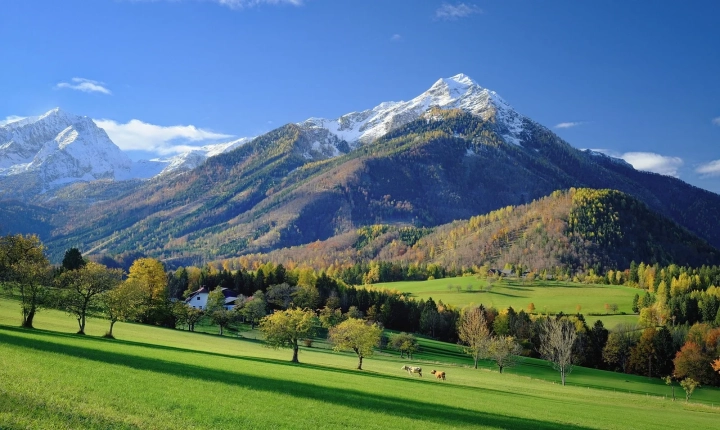Artificial intelligence (AI) has made considerable advancements in the field of image generation, paving the way for various applications in the creative and technological domains. Image generation using AI has revolutionized the way we perceive and create visual content, and has opened up opportunities for innovative solutions in fields such as design, arts, advertising, and more.
One of the most fascinating developments in AI image generation is the use of generative adversarial networks (GANs). GANs work on the principle of two networks – a generator and a discriminator – working in tandem to produce realistic images. The generator creates random images, while the discriminator decides whether the images are real or generated. Through a feedback loop, both networks continuously improve their capabilities, ultimately leading to the creation of highly realistic images that are almost indistinguishable from real photographs.
Another approach to AI-generated images is through the use of neural style transfer. This technique involves combining the content of one image with the style of another, resulting in visually striking and artistic compositions. By employing convolutional neural networks, AI can analyze the content and style of different images and synthesize them to produce new, aesthetically pleasing visuals.
AI image generation has also made substantial progress in the realm of photo editing and enhancement. Several AI-powered tools and applications can intelligently retouch, enhance, or even completely alter photographs without human intervention. These tools utilize machine learning algorithms trained on vast datasets to understand photographic elements and effectively manipulate them to achieve desired outcomes.
The implications of AI-generated images are far-reaching, with potential applications in various industries. In the creative sector, artists and designers can harness AI to expedite and inspire their creative processes, enabling them to explore new artistic frontiers. In advertising and marketing, AI-generated visuals can be used to produce compelling and personalized content, tailored to specific target audiences. Additionally, in the field of virtual reality and augmented reality, AI-generated images contribute to the development of immersive and realistic simulated environments.
However, the unprecedented capabilities of AI image generation also raise ethical and societal concerns. The potential for misinformation and deceptive content is a significant issue, as AI-generated images can be used to create false narratives or manipulate public opinion. It is imperative to establish ethical guidelines and regulations to mitigate the misuse of AI-generated visuals and maintain the integrity of digital content.
As AI continues to advance, we can anticipate further breakthroughs in image generation. With ongoing research and development, AI algorithms will likely become more adept at creating sophisticated and high-fidelity images, further blurring the line between real and artificial visuals. The future of image generation through AI is poised to transform industries and redefine the way we perceive and interact with visual content.
